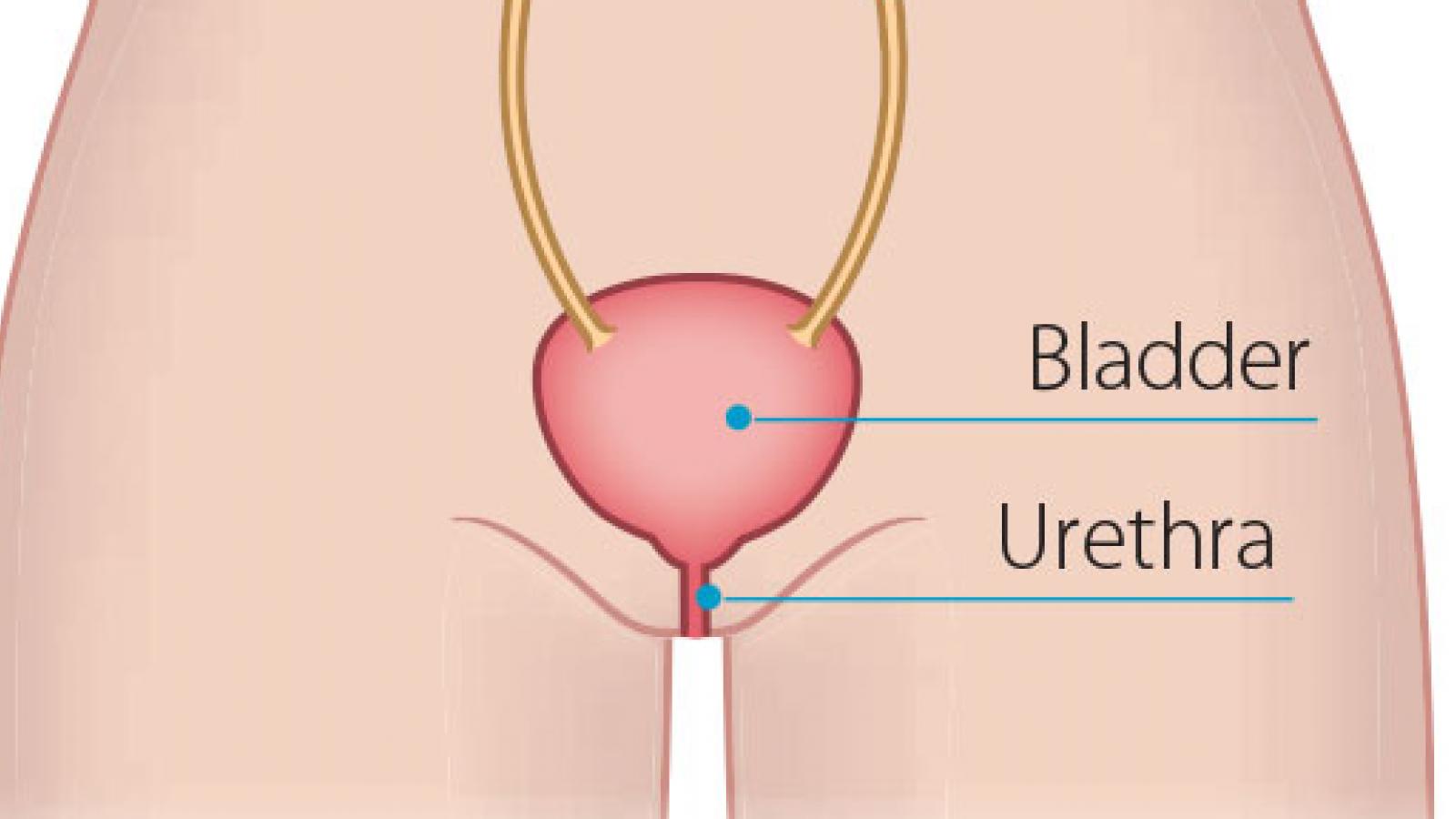What are the types of bladder cancer?

On this page:
Where is the cancer growing?
Bladder cancer can be described by whether or not it has grown into the layers of the bladder:
- Non-muscle-invasive bladder cancer
This cancer only affects the lining of the bladder or the layer of tissue just beneath the surface lining of the bladder. It has not grown as far as the muscle or deeper layers of the bladder. It usually appears as small growths, shaped like mushrooms, found growing out of the bladder lining. This is called papillary bladder cancer. When it appears as flat, red patches, it is known as carcinoma in situ. - Muscle invasive bladder cancer
Muscle-invasive bladder cancer is when the cancer cells have grown into the muscle layer of the bladder, or beyond. Muscle-invasive bladder cancer needs more intensive treatment than non-muscle-invasive bladder cancer. This is because there is a risk that it could spread to other parts of the body.
Advanced (metastatic) bladder cancer
Bladder cancer that has spread beyond the bladder to other parts of your body is called advanced (metastatic) bladder cancer.
Non-muscle-invasive bladder cancer
This cancer only affects the lining of the bladder or the layer of tissue just below. It has not grown as far as the muscle or deeper layers of the bladder.
It usually appears as small growths growing out of the bladder lining. This is called papillary bladder cancer. Your surgeon can remove these growths with an small operation called a TURBT.
It is common for some types of non-muscle-invasive bladder cancer to return. You can have more treatment if this happens..
Some types are more likely to come back. These include: carcinoma in situ (CIS), T1 tumours and high-grade tumours. Read more about bladder cancer grades.
Carcinoma in situ (CIS): This type appears as flat, red patches inside your bladder. The cells are very abnormal and can grow quickly.
T1 tumours: The tumour has started to grow into the connective tissue just below the bladder lining.
Carcinoma in situ and T1 tumours can grow quickly and sometimes spread to the muscle wall in the bladder and nearby tissues. This is known as muscle-invasive bladder cancer.
You can reduce your chances of the cancer returning if you stop smoking. Read tips on giving up smoking
Muscle-invasive bladder cancer
Muscle-invasive bladder cancer is when the cancer cells have grown into the muscle layer of the bladder, or beyond. Muscle-invasive bladder cancer needs more intensive treatment than non-muscle-invasive bladder cancer. This is because there is a risk that it could spread to other parts of the body.
For more information
Phone
1800 200 700


